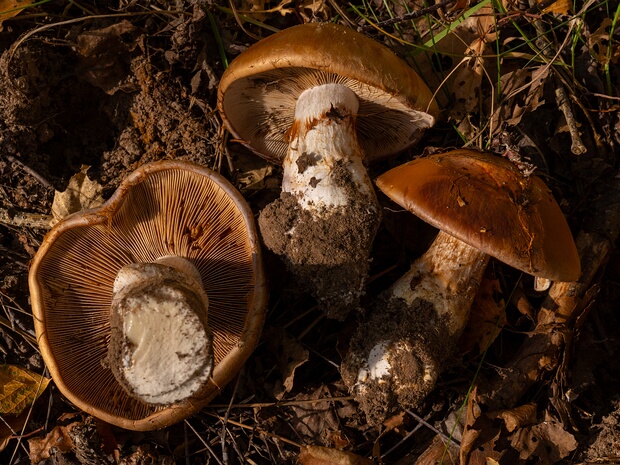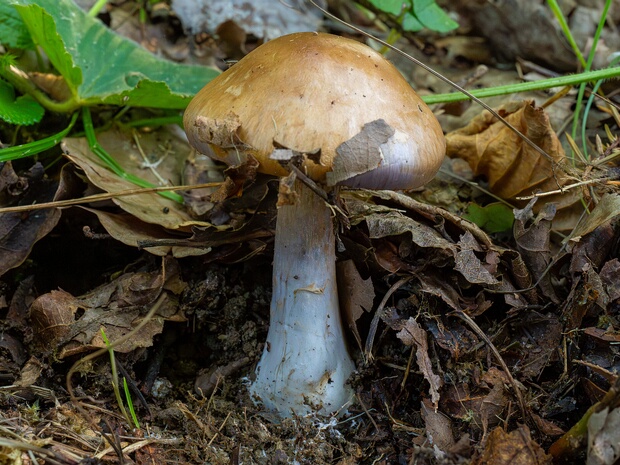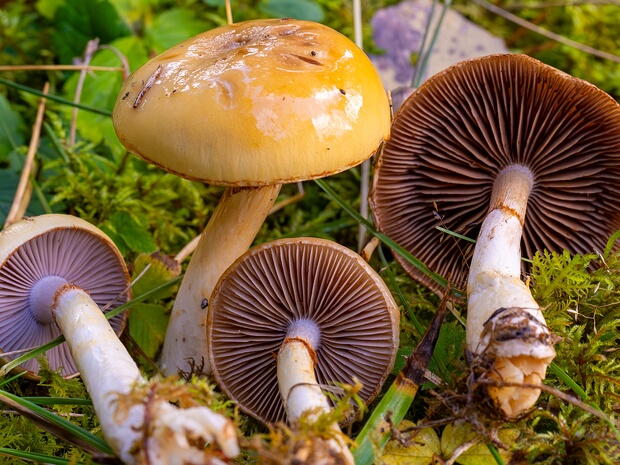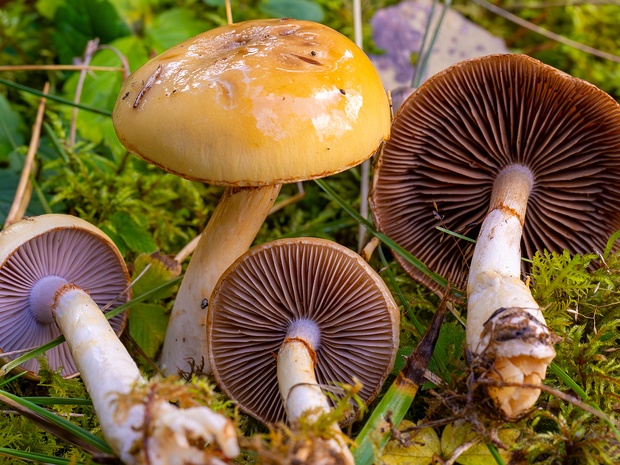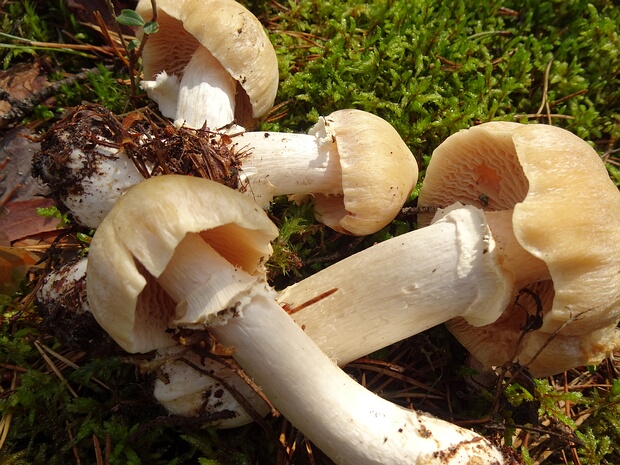
Cortinarius caperatus - Колпак кольчатый - Gypsy Mushroom - Reifpilz
Cortinarius caperatus, also known as the gypsy mushroom, is a basidiomycete fungus that is widely distributed in temperate forests throughout the Northern…
36 images
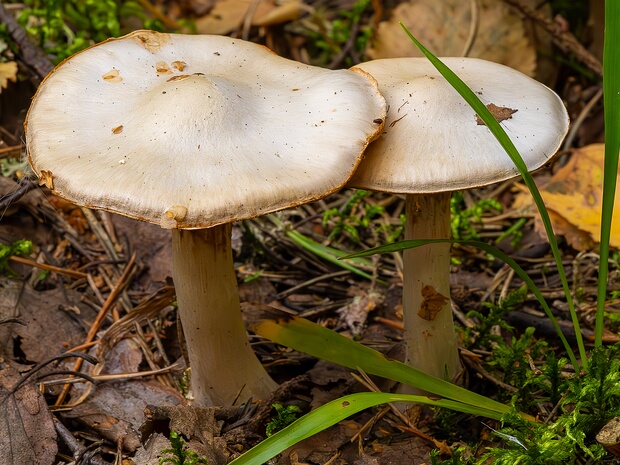
Cortinarius alboviolaceus - Паутинник бело-фиолетовый - White-veiled Cortinarius - Weißfilziger Schleimkopf
Cortinarius alboviolaceus, also known as the white-veiled cortinarius, is a basidiomycete fungus that is widely distributed in temperate forests throughout…
18 images
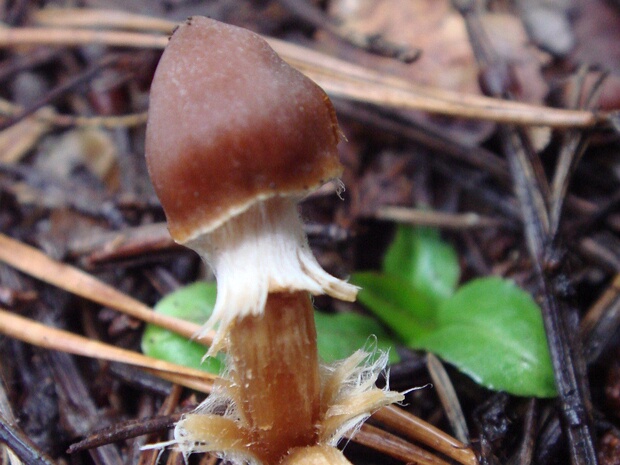
Cortinarius evernius - Паутинник блистательный - Shiny Cortinarius - Glänzender Schleimkopf
Cortinarius evernius, also known as the shiny cortinarius, is a basidiomycete fungus that is widely distributed in temperate forests throughout North America…
3 images

Cortinarius armillatus - Паутинник браслетчатый - Ringless Cortinarius - Gürtelförmiger Schleimkopf
Cortinarius armillatus, also known as the ringless cortinarius, is a basidiomycete fungus that is widely distributed in temperate forests throughout North…
11 images
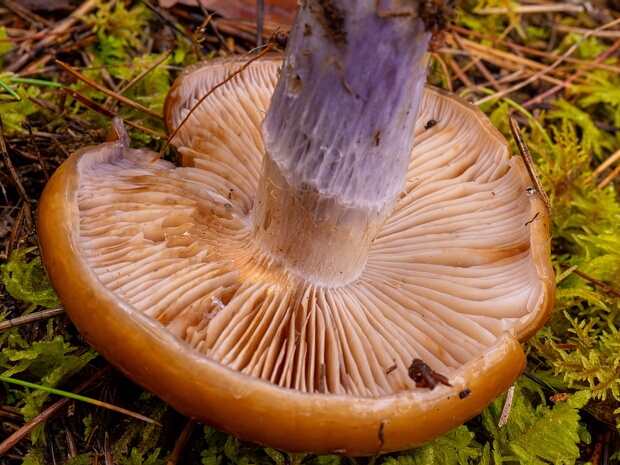
Cortinarius collinitus - Паутинник голубоствольный - Blue Staining Cortinarius - Blauender Schleimkopf
Cortinarius collinitus, also known as the blue staining cortinarius, is a basidiomycete fungus that is widely distributed in temperate forests throughout North…
19 images

Cortinarius orellanus - Паутинник горный - Fool's Webcap - Grüner Knollenblätterpilz
Cortinarius orellanus, also known as the fool's webcap, is a basidiomycete fungus that is widely distributed in mountainous regions of Europe. This mushroom is…
8 images

Cortinarius triumphans - Паутинник желтый - Golden Webcap - Goldgelber Zärtling
Cortinarius triumphans, also known as the golden webcap, is a basidiomycete fungus that is widely distributed in temperate forests throughout North America and…
11 images
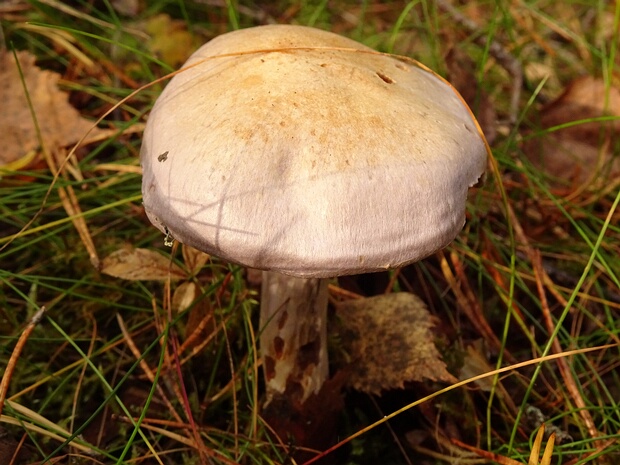
Cortinarius camphoratus - Паутинник камфорный - Camphor Cortinarius - Kampfer-Schleierling
Cortinarius camphoratus, also known as the camphor cortinarius or the aromatic cort, is a basidiomycete fungus found in forests across Europe and North America.…
5 images
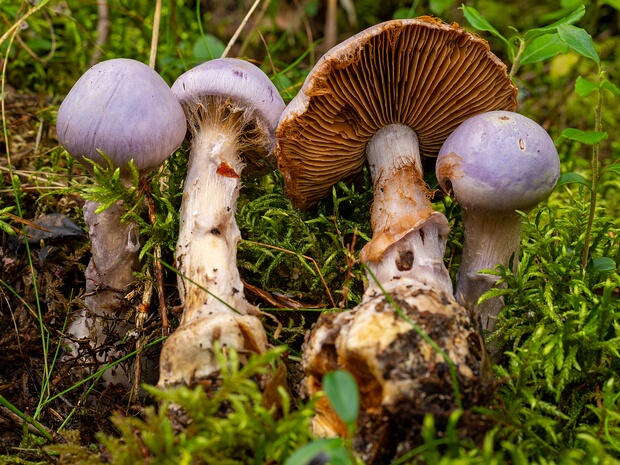
Cortinarius traganus - Паутинник козлиный - Goat's-foot Cortinarius - Ziegenfüßiger-Schleierling
Cortinarius traganus, commonly known as the goat's-foot cortinarius, is a member of the family Cortinariaceae. It is a medium-sized mushroom found in broadleaf…
18 images
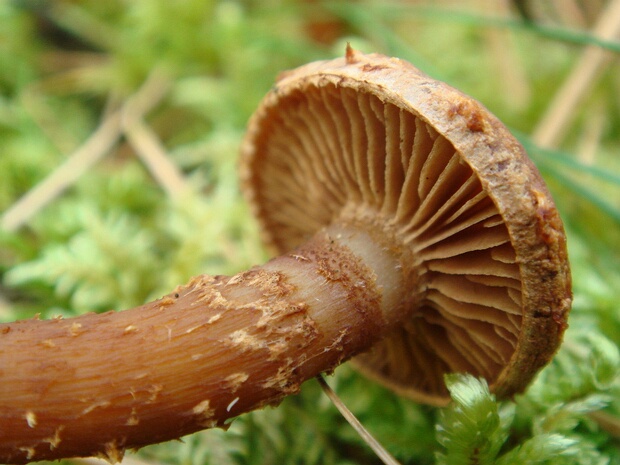
Cortinarius rubellus - Паутинник красивейший - Gorgeous Webcap - Schönfußröhrling
Cortinarius rubellus, commonly known as the gorgeous webcap, is a strikingly beautiful mushroom found in coniferous and mixed forests throughout Europe and…
27 images
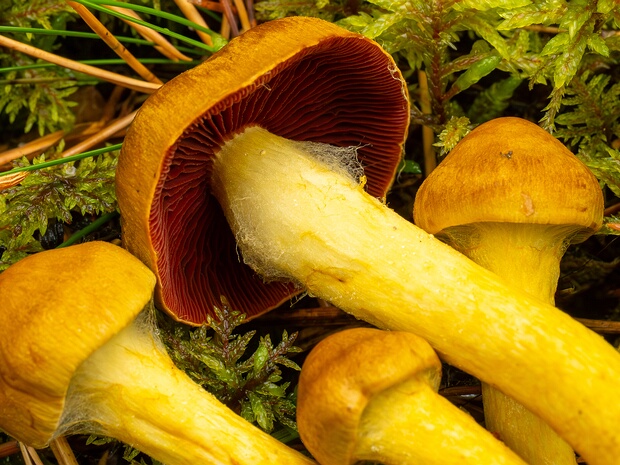
Cortinarius semisanguineus - Паутинник краснопластинковый - Blood-red Webcap - Blutroter Schleimfuß
Cortinarius semisanguineus, commonly known as the blood-red webcap, is a striking mushroom found in mixed and deciduous forests throughout Europe and North…
56 images

Cortinarius bolaris - Паутинник ленивый - Lazy webcap - Fauliger Schleimkopf
Cortinarius bolaris is a mushroom species found in Europe and North America. It belongs to the genus Cortinarius, which is known for its characteristic…
19 images
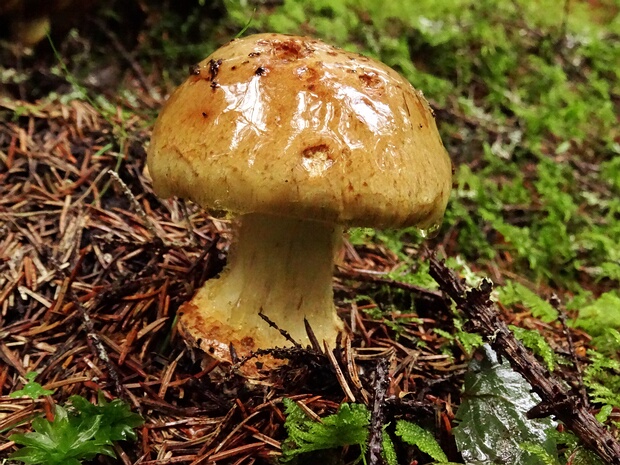
Cortinarius saginus - Паутинник массивный - Fat-footed webcap - Dickfussiger Schleierling
Cortinarius saginus is a medium to large-sized mushroom, with a cap that can reach up to 15 cm in diameter. The cap is convex when young, but flattens out with…
6 images
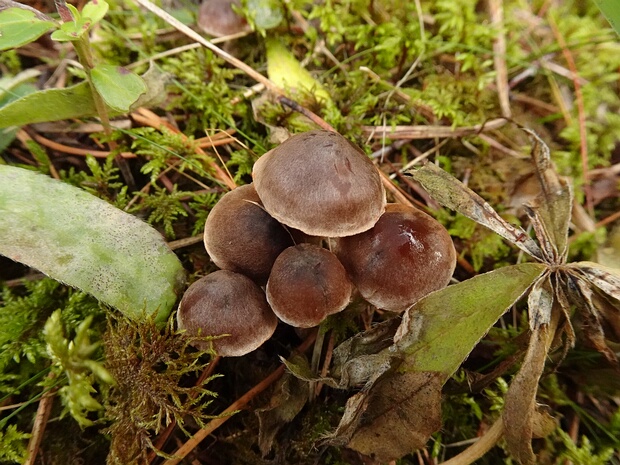
Cortinarius decipiens - Паутинник обманчивый - Fool's webcap - Falscher Netz-Ritterling
Cortinarius decipiens is a mushroom species belonging to the family Cortinariaceae. The cap of the mushroom is brown to rusty brown, and it typically grows to a…
6 images
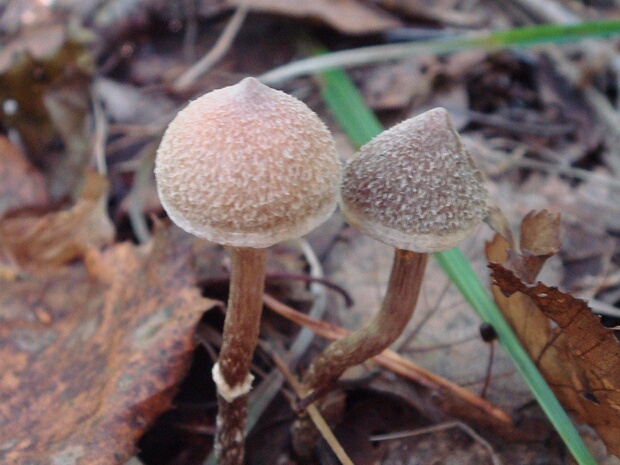
Cortinarius paleaceus - Паутинник пленчатый - Slender Webcap - Blassblättriger
Cortinarius paleaceus is a species of mushroom belonging to the family Cortinariaceae. This mushroom has a convex cap that becomes flat or depressed with age,…
3 images
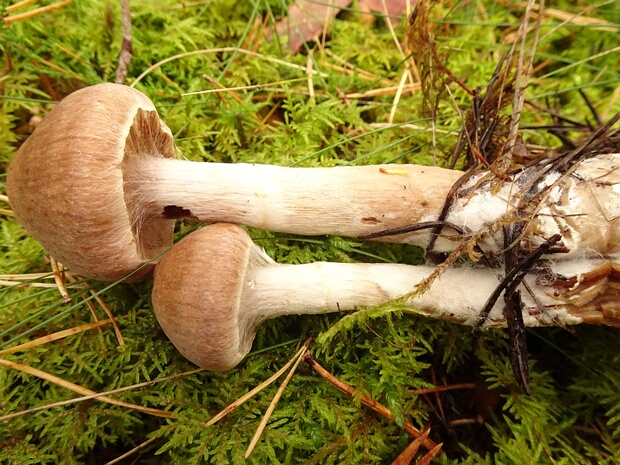
Cortinarius hemitrichus - Паутинник полуволосистый - Hairy Curtain Crust - Zottiger Schleierling
Cortinarius hemitrichus is a species of mushroom found in various parts of the world, including Europe, North America, and Asia. It belongs to the family…
15 images
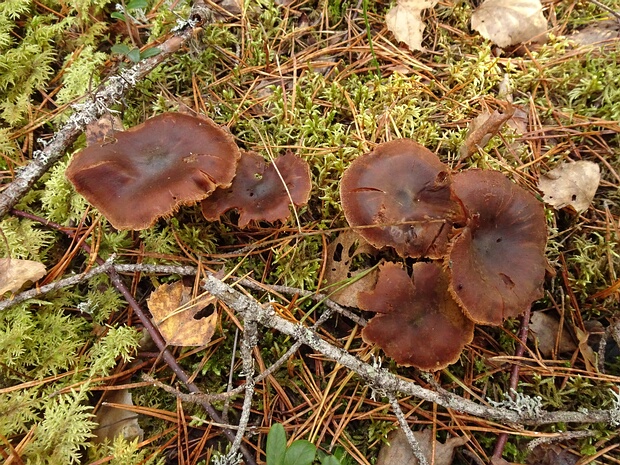
Cortinarius callisteus - Паутинник придорожный - Beautiful Webcap - Schöner Schleierling
Cortinarius callisteus is a species of mushroom belonging to the family Cortinariaceae. It is commonly known as the Beautiful Webcap due to its striking…
2 images
Cortinarius glaucopus - Паутинник сизоножковый - Blueleg Webcap - Blaugrauer Schleierling
Cortinarius glaucopus, also known as the Blueleg Webcap or Blaugrauer Schleierling, is a medium-sized basidiomycete mushroom in the family Cortinariaceae. The…
13 images
Cortinarius mucosus - Паутинник слизистый - Slimy Webcap - Schleimiger Schleierling
Cortinarius mucosus, commonly known as the Slimy Webcap or Schleimiger Schleierling, is a medium-sized basidiomycete mushroom in the family Cortinariaceae. The…
23 images
Cortinarius brunneus - Паутинник тёмно-бурый - Dark Brown Webcap - Dunkelbrauner Schleierling
Cortinarius brunneus, commonly known as the Dark Brown Webcap or Dunkelbrauner Schleierling, is a medium-sized basidiomycete mushroom in the family…
6 images
Cortinarius croceus - Паутинник шафрановый - Saffron Webcap - Safrangelber Schleierling
Cortinarius croceus, commonly known as the Saffron Webcap or Safrangelber Schleierling, is a medium-sized basidiomycete mushroom in the family Cortinariaceae.…
22 images
Cortinarius laniger - Паутинник шерстеносный - Woolly Webcap - Wolliger Schleierling
Cortinarius laniger, commonly known as the Woolly Webcap or Wolliger Schleierling, is a medium-sized basidiomycete mushroom in the family Cortinariaceae. The…
4 images
Cortinarius cinnamomeus - Паутинник коричный - Cinnamon Webcap - Zimtbrauner Schleierling
Cortinarius cinnamomeus, commonly known as the Cinnamon Webcap or Zimtbrauner Schleierling, is a medium-sized basidiomycete mushroom in the family…
19 images
